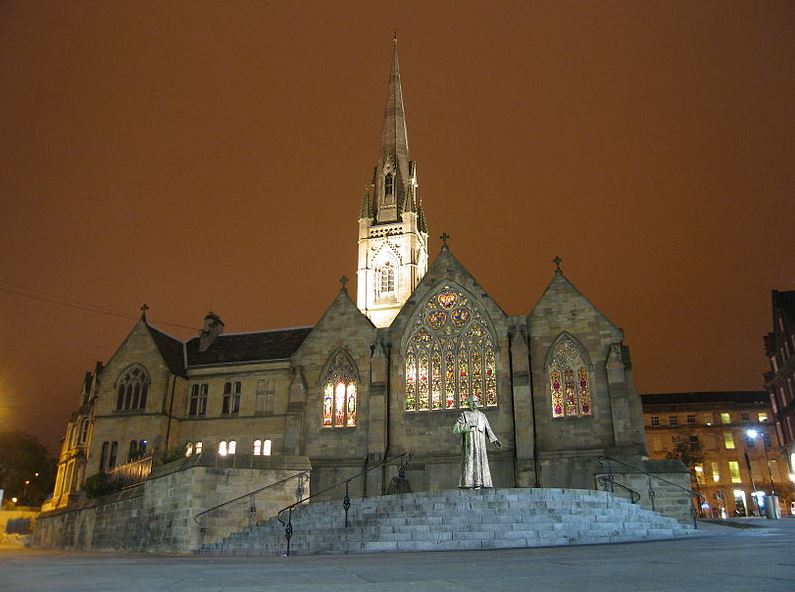Some people may feel embarrassed by an ancestor's misdeeds, as if they reflect badly on themselves personally. Yet, no family is unaffected by ‘scandal’, so in my opinion, the bigger the proverbial skeleton in the ancestral closet the better. The rogue leaves so much more documentary evidence behind him, be it in court records, prison registers or in the newspaper coverage of events. These sources contain vast quantities of information that would otherwise never be remembered today. They enable us to draw a picture of our ancestors’ lives, over and above the mere names, dates and places of a bare pedigree chart.
Without doubt, our forefathers led tougher lives. I’m happy to have been born when I was and not into their situation. So it’s certainly not for me to judge their actions. This is especially so, given the chances are that I might just happen to stumble upon them at the single worst moment of their lives.
So, I don’t judge. I dismiss their crimes – a goat wandering on the public road – not even an offence in today’s world. I justify their behaviour - stealing – times were very different then. I can even idealise their actions - murder – the victim was a British spy during Ireland’s War of Independence.
 However, then I came across an offence and I found myself starting to pass judgement on my great-grandfather, and he was slipping in my estimation. On 19 October 1907, Michael Byrne of Yellow Walls was brought before Swords Petty Sessions, on the charge: ‘did cruelly abuse or torture a dog, contrary to the law’. Shame, how could that ever be justified?
However, then I came across an offence and I found myself starting to pass judgement on my great-grandfather, and he was slipping in my estimation. On 19 October 1907, Michael Byrne of Yellow Walls was brought before Swords Petty Sessions, on the charge: ‘did cruelly abuse or torture a dog, contrary to the law’. Shame, how could that ever be justified?
Michael Byrne was not actually found guilty of this charge. The case was ‘dismissed on merits’. I don’t know what that means exactly, though it was presumably something other than ‘not guilty’, or that’s what would have been written. So, was the case therefore dismissed on a technicality? Or, was there some kind of legal problem, but the Justice of the Peace heard the case anyway, and found in favour of my great-grandfather?
Was Great-Grandda innocent or did he just get away with it?
Or am I now taking too brief a glimpse into his life, with eyes warped with present-day values?
………………
© 2014 Black Raven Genealogy
Or am I now taking too brief a glimpse into his life, with eyes warped with present-day values?
Source: Findmypast, ‘Irish Petty Session Order Registers 1828-1912’, Swords Court, database accessed 25 November 2013.
Update 20 April 2019: See the full story about that day in court, here.
Update 20 April 2019: See the full story about that day in court, here.
………………



